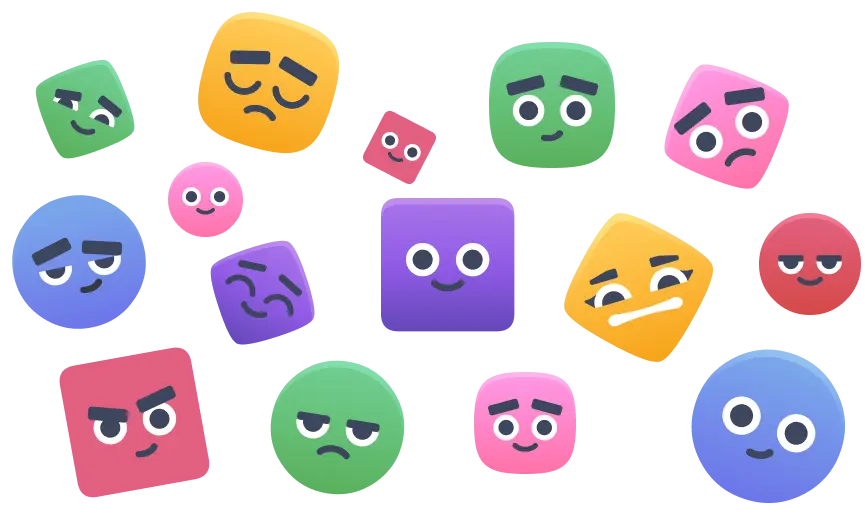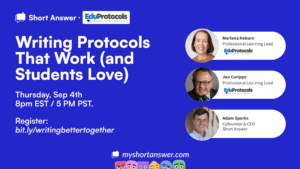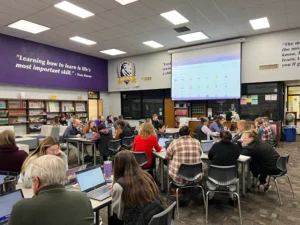We’re updating our student avatars in Short Answer this week.
This may seem like a small, cosmetic update. We actually think it belies a deeper truth that we want to be intentional about as we continue to build Short Answer: Feedback is emotional. That emotion can make or break the learning benefits of feedback in our classrooms.
A vivid example of this showed up in a video shared with our team last year via Mrs. Courtney Williamson, an 8th-grade social studies teacher from Marble Falls, Texas.
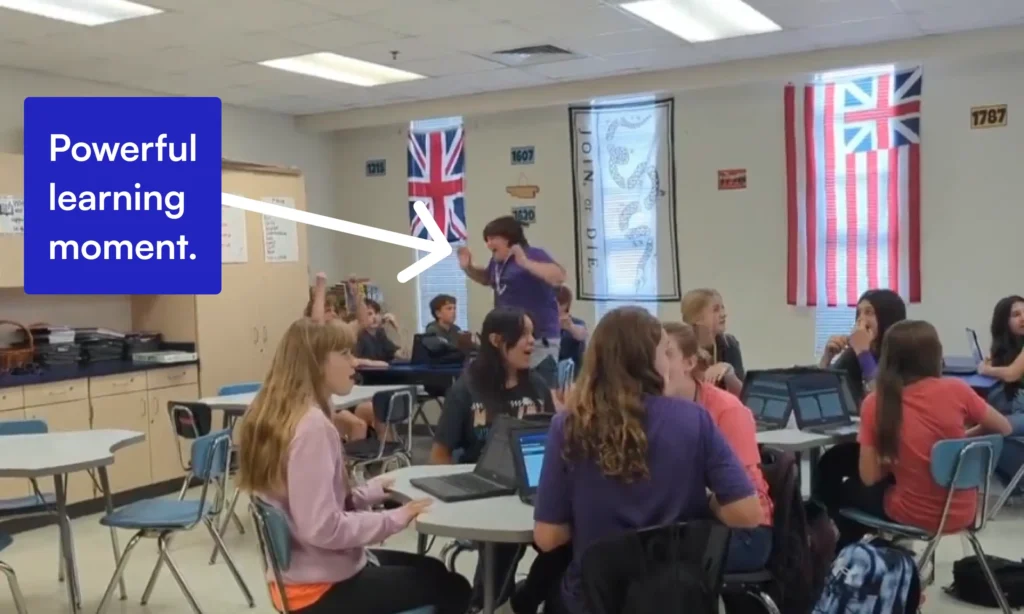
In the video, Courtney reveals the “class champion” in a Battle Royale activity. A student in the back literally jumps out of his chair (image above) when he finds out his writing was selected by his classmates as the top overall response. This is a powerful moment, but something just as powerful happens shortly after. In the front, another student has a very different experience (image below): Two hands are thrown on top of the head in disappointment for having not had her writing selected by the class.
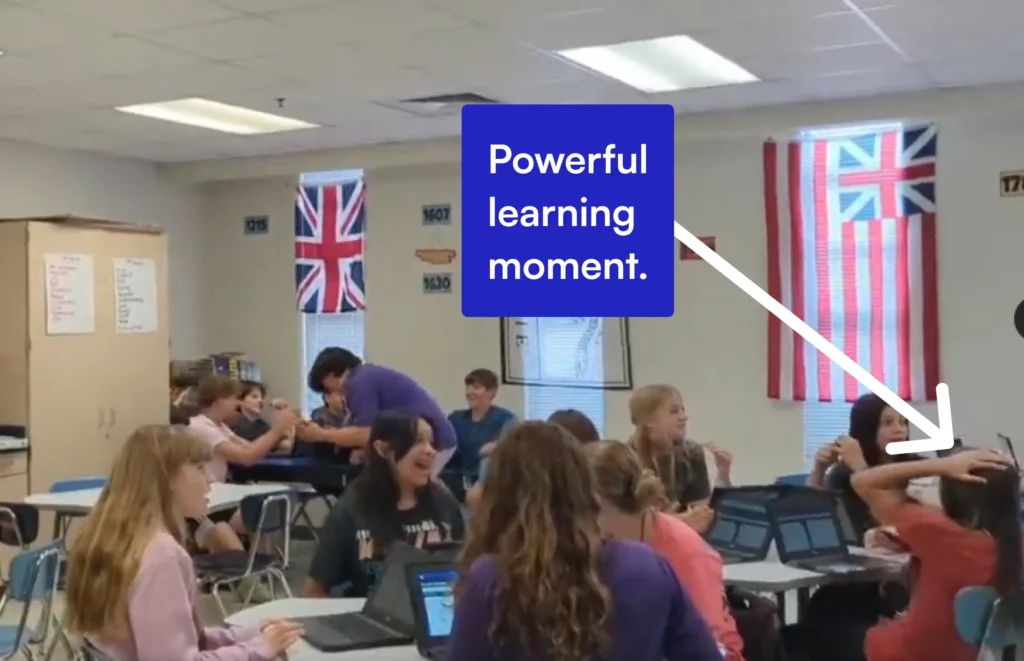
These are equally powerful learning moments *if* we’re intentional about helping these students reflect on their experiences. Because the reality is, even though that student jumping out of his chair likely submitted some great writing, there are many improvements that he could make to it. Alternatively, as disappointing as it may be for the student in the front, her writing is likely fantastic and just needs a few adjustments to make it stronger. The learning experience for both students lies in learning how to manage their emotions to be able to learn and grow from feedback.
It’s a vivid example of what Dr. Dylan Wiliam (check out our webinar with Dr. Wiliam on AI & assessment here) means when he says:
“What really matters with feedback is how students react to it.”
Providing students with high-quality feedback is one of the most effective interventions teachers can use to improve learning outcomes. Dr. John Hattie’s meta-analysis of feedback, which included thousands of studies across widely varied contexts, found an effect size of roughly .55 (Hattie’s Visible Learning is worth your time, check it out here). The benefits go up even further, to .82, when that feedback is paired with classroom discussion. An effect size of 0.82 could represent advancing student achievement by one full grade level when compared to students in classrooms who don’t use this intervention (note that some researchers push back against this).
This benefit is often negated in our classrooms, though, because of the emotional reactions students have to our feedback. This can even lead to feedback hurting learning. Dr. Avraham Kluger and Dr. Angelo DeNisi’s 1996 meta-analysis of feedback found that almost 2/5ths of the time, feedback hurts student learning outcomes because of negative student reactions.
As you can see in Dr. Wiliam’s summary above, there are roughly 8 reactions to feedback, divided in half depending on whether the feedback indicates stronger or weaker performance. Of those 8 reactions, 6 are negative!
A student jumping out of their chair in excitement for being selected by their class? It’s not hard to imagine him falling into the “exert less effort” or “ignore feedback” reactions that often follow being told that your performance exceeds the goal. Alternatively, it’s not hard to imagine the young girl with her hands on her head letting her frustration lead her into the “decide goal is too hard” or “ignore feedback” category above.
From a pedagogical perspective, this means we have to be very intentional about coaching kids through how to respond to feedback. This is at the heart of our mission at Short Answer. It’s why we’ve built feedback reflection directly into our writing activities and why we’re working to expand our reflection options now (keep an eye out for these updates soon!). To again quote Dr. John Hattie: “Too many [teachers] overly focus on giving feedback and increasing the quantity and forget the critical importance of teaching students to listen, receive, interpret, and engage in actionable feedback.

It’s also why we updated our avatars.
You’ll notice in the new avatar creator, students can select from a variety of different emotional states for their avatar. We do this as an aesthetic reminder of a truth at the heart of the Short Answer learning experience: When it comes to learning, emotions matter.
(PS: After sharing this video with our team, Courtney has become an amazing collaborator! We will be co-presenting The Write Stuff: Enhancing Writing Skills in the Modern Classroom at TCEA in Austin in February – come check it out if you’re attending!)

